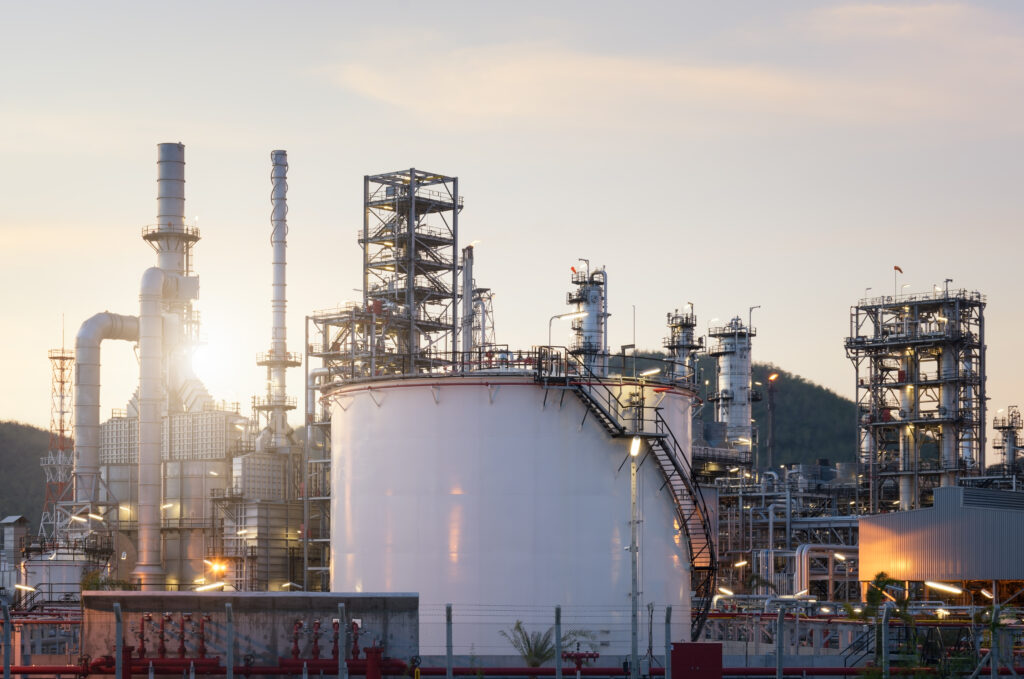The Hidden Costs of Seal Failure: Why Proactive Maintenance Matters
The Overlooked Risks of Seal Failures
Seals are small but critical components in industrial systems, ensuring the integrity of operations under high pressure, extreme temperatures, and corrosive environments. Despite their vital role, seals are often treated as afterthoughts, leading to catastrophic outcomes when failures occur.
Seal-related issues, such as unplanned downtime, safety incidents, and environmental damage, are among the most underestimated risks in industries like oil & gas, aerospace, and pharmaceutical manufacturing. This report examines the hidden costs of seal failure, the benefits of proactive maintenance, and the technologies driving a shift toward smarter, more reliable sealing systems.

The Hidden Costs of Seal Failure
Seal failures carry both direct and indirect costs that ripple across industries. While the price of a single failed seal may be negligible, its consequences are not
1. Production Downtime and Operational Losses
- Key Insight: The cost of downtime for an average manufacturing company is estimated at $260,000 per hour, according to a report by the Aberdeen Group. In industries such as oil & gas, where pipelines or offshore rigs depend on continuous operation, this cost can rise to over $1 million per day.
- Example: In 2010, a failed blowout preventer seal contributed to the Deepwater Horizon disaster, leading to billions in losses and environmental damage.
2. Safety Risks
Seals in high-pressure or high-temperature systems serve as the first line of defense against dangerous leaks. Failure can jeopardize both equipment and personnel.
- Industrial Example: In 2020, a pipeline in Nigeria leaked due to a worn seal, resulting in a fire that injured workers and damaged surrounding equipment.
- Aerospace Implication: In 1986, the Challenger disaster was partially attributed to an O-ring seal failure in low temperatures, leading to catastrophic loss.
3. Environmental and Regulatory Costs
- Fines and Reputational Damage: A seal failure in the chemical or oil industry can result in leaks of hazardous materials, leading to multi-million-dollar regulatory fines and irreversible reputational harm.
- Case Study: In 2019, an oil company in the Gulf of Mexico was fined $3.5 million for environmental violations after a subsea seal failure caused a significant spill.
4. Emergency Maintenance Costs
Reactive maintenance is far more expensive than planned repairs.
- Labor and Logistics: Emergency seal replacement often requires rapid mobilization of specialized teams and equipment, driving up costs.
- Material Costs: Over 70% of seal failures lead to additional damage in adjacent components, further increasing repair expenses.
The Case for Proactive Maintenance
Proactive maintenance shifts the focus from reacting to failures to preventing them. Leveraging modern technologies like IoT, AI, and advanced materials, companies can significantly mitigate the risks and costs of seal failure.
1. Real-Time Monitoring with IoT Sensors
IoT-enabled seals embedded with sensors provide real-time data on critical parameters:
- Pressure and Temperature Fluctuations: Early warnings of stressors that can lead to seal degradation.
- Leakage Detection: Immediate identification of leaks before they escalate.
- Wear and Vibration Analysis: Monitoring seal performance under operational conditions.
Example: In subsea pipelines, IoT sensors track pressure anomalies to prevent seal failures, reducing downtime by up to 30%, according to McKinsey.
2. Predictive Maintenance Powered by AI
AI models analyze data collected from IoT-enabled seals to predict potential failures.
- How It Works: Machine learning algorithms compare real-time data against historical patterns to identify early signs of wear or failure.
- Benefits: AI reduces unnecessary maintenance and optimizes repair schedules, ensuring seals are replaced only when truly needed.
Case Study: A global aerospace manufacturer implemented predictive maintenance on hydraulic seals, reducing unplanned maintenance by 25% and saving over $1.2 million annually.
3. Advanced Materials for Enhanced Reliability
The selection of advanced materials is critical for seals operating in extreme environments:
- PTFE (Polytetrafluoroethylene): Excellent chemical resistance and stability across a wide temperature range, ideal for pharmaceutical and chemical processing.
- PEEK (Polyether Ether Ketone): A high-performance thermoplastic with outstanding durability, used in high-pressure oilfield applications.
- Spring-Energized Seals: Designed to maintain consistent performance in fluctuating pressure and temperature conditions, common in aerospace and subsea applications.
Insight: According to market research, the use of advanced materials has increased the lifespan of seals by up to 40%, reducing overall lifecycle costs.

Industries Leading the Shift to Proactive Maintenance
1. Oil & Gas
Seals in subsea pipelines and drilling equipment face immense pressure and corrosive fluids. IoT and predictive analytics are transforming maintenance strategies, preventing catastrophic leaks.
2. Aerospace
Smart seals ensure safety and performance in aircraft hydraulic systems, where failures are unacceptable. Predictive maintenance has reduced unplanned downtime for major airlines by 30%.
3. Pharmaceutical Manufacturing
Hygienic seals play a critical role in maintaining sterility. IoT-enabled seals help manufacturers meet stringent FDA requirements while minimizing downtime.

Future Trends in Sealing Systems
1. Autonomous Maintenance
Self-diagnosing seals equipped with advanced AI will notify systems of impending failures and schedule replacements automatically.
2. Sustainable Materials
The use of recyclable and eco-friendly sealing materials will reduce waste and align with global sustainability goals.
3. Blockchain for Compliance
Seals equipped with blockchain integration will provide tamper-proof records for regulatory audits and traceability.
The Smart Way Forward
Seal failures are not just technical inconveniences—they are significant business risks with far-reaching consequences. By embracing proactive maintenance strategies that incorporate IoT, AI, and advanced materials, industries can not only prevent failures but also unlock new levels of efficiency, safety, and sustainability.
At Advanced EMC Technologies, we deliver high-performance sealing solutions tailored to extreme environments. Contact us to discover how our innovations can future-proof your operations and minimize the hidden costs of failure.
